WASHINGTON, D.C. —The Bureau of Land Management (BLM) within the Department of the Interior (DOI) has updated rules in order to reduce the wasteful release of natural gas into the atmosphere from oil and gas operations on public and American Indian lands. Venting, flaring, and royalty-free uses of oil and natural gas on BLM-administered leases are currently governed by Notice to Lessees (NTL-4A), which was issued by the U.S. Geological Survey on December 27, 1979. In the 36 years since NTL-4A was issued, technologies and practices for oil and gas production, such as hydraulic fracturing and horizontal drilling techniques, have advanced considerably.
 |
Below is Taxpayers for Common Sense President Ryan Alexander’s statement on the release of Waste Prevention, Production Subject to Royalties, and Resource Conservation, Final Rule:
Today, the BLM has updated vague and outdated standards that have led to the loss of billions of dollars’ worth of natural gas from federal lands without any compensation for the taxpayers who own it. It is BLM’s job to prevent the waste of natural gas from federal lands and to ensure that taxpayers are fairly compensated for these resources. Federal onshore oil and gas minerals are a public trust resource, and preventing waste of these resources will encourage more responsible use.
The problems with the existing rules for venting, flaring, and royalty-free uses of oil and natural gas and the BLM’s failure to ensure a fair return for these resources are well-documented. Almost 10 years ago, the Royalty Policy Committee emphasized the need for BLM to strengthen its processes for verifying gas production. The recent boom in oil and gas production from federal lands has led to increasing loss of natural gas through venting and flaring. The BLM estimates federal and Indian onshore operators wasted enough gas between 2009 and 2015 to serve more than 6 million households for a year.
At a time when fiscal policy is overshadowed by growing deficits and debt, taxpayers deserve a fair return for the valuable energy resources on public lands.

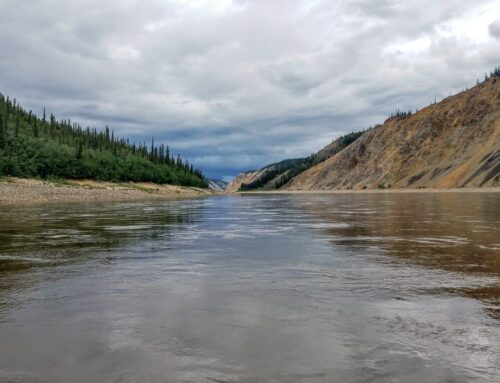
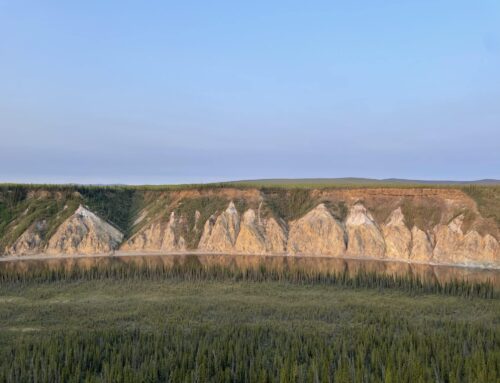
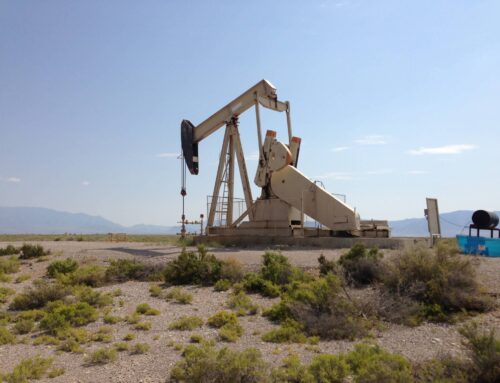

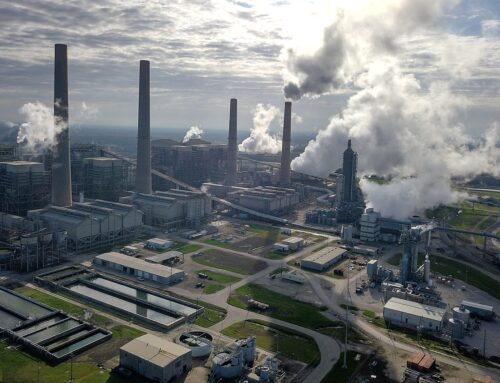
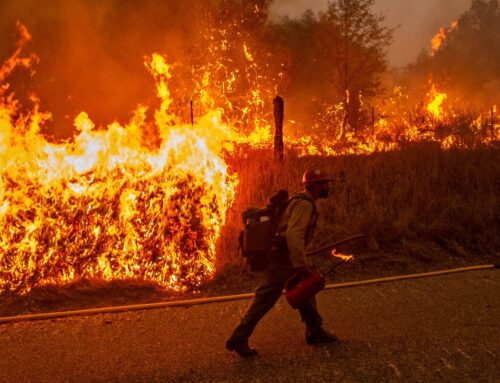




Get Social